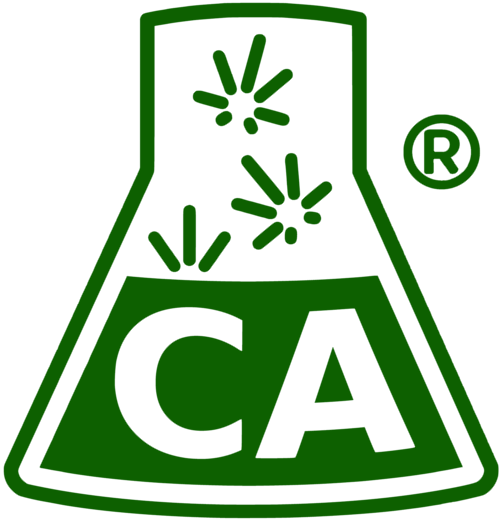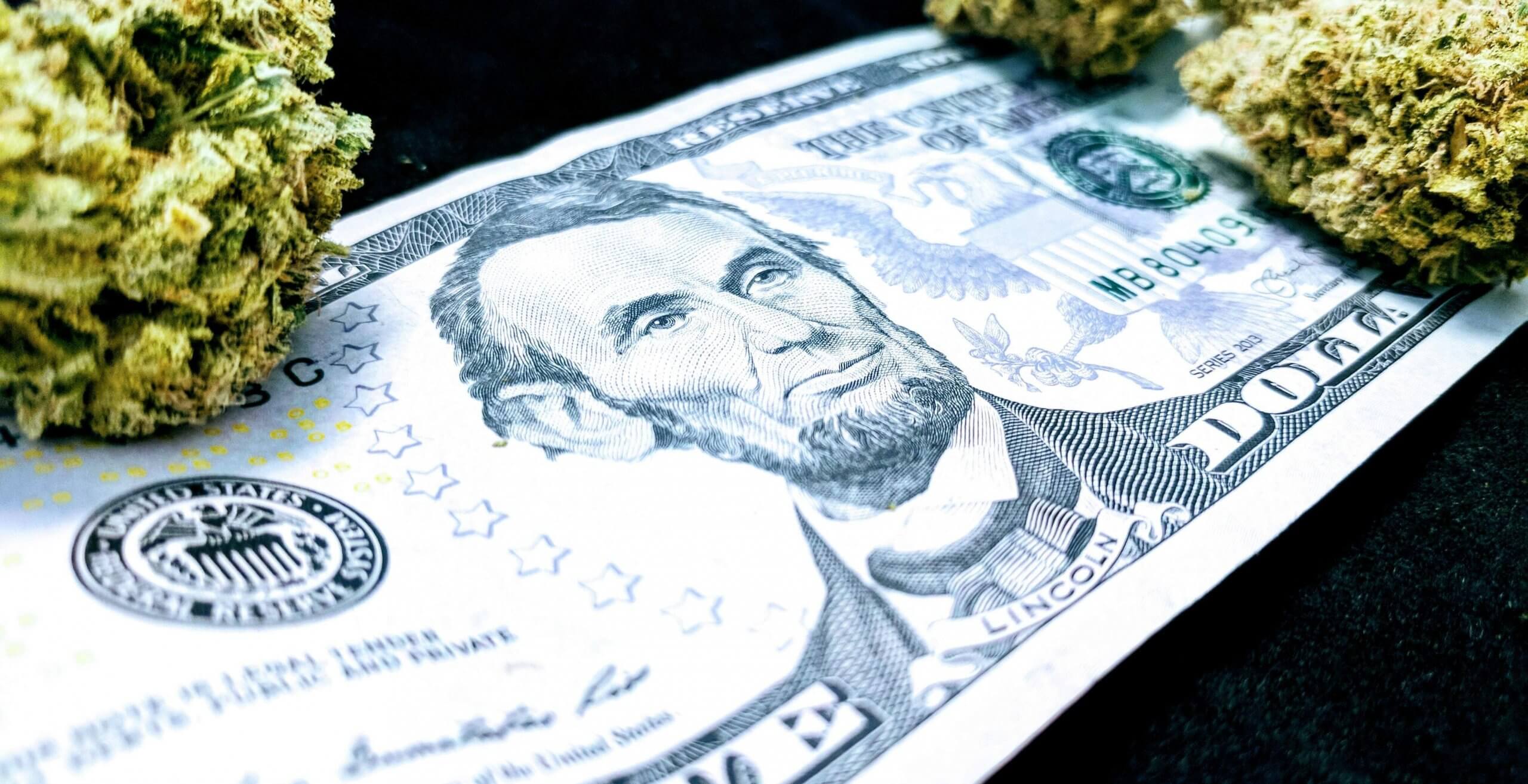New cannabis QA testing requirements are on the horizon here in Washington state, taking effect on August 31, 2017. These rule changes mean adding new test requirements for some product types. Additional test requirements are going to mean increased testing costs for producers and processors. You can learn more about the new requirements on our New Rules FAQ page.
We know that margins are thin already, so here are three easy tips for keeping your costs as low as possible.
1 – Pass the QA Tests.
It may seem obvious, but the most expensive test is the test that fails. Failing, and the resulting loss of material/market opportunity, is far more expensive than the test itself. There are things you can do to help safeguard against failing:
- We strongly encourage you to rinse your plants before harvest. Doing so helps to physically remove dust, hair, and other debris that can lead to failures.
- Extraction shops should familiarize themselves with the new residual solvent limits, use only high-purity solvents, and ensure that purge processes are as thorough as possible.
- Check out our Results FAQ page to learn more about ways to keep your product passing. We’re always here to consult and answer any questions you may have about any of these topics, so go ahead and give us a call!
The new limits are more relaxed than the previous, and we expect to see fewer failures for mycotoxins than we saw for yeast and mold.
2 – Purchase tested product.
If you are an extraction shop, now is probably a good time to think about whether or not you want to use tested or untested flower. If any of the product in your extraction vessel is untested, then your extract will need to be tested for mycotoxins. If you don’t want to shoulder that burden you may want to consider using only tested product so that your final product test costs are lower.
3 – Take advantage of our discounts.
Our discount structure is volume dependent. We offer discount on two levels. The first is at the per sample level, where more tests on the same sample yield lower costs for each test individually. The second is at a per month level, where discounts are applied based on a 30-day spending history.
There are 5 basic tests available for flower or concentrates: cannabinoids, mycotoxins, microbial (includes water activity as appropriate), residual solvents and terpenes. Each test is $50 individually – but as you stack tests on each sample, the tests are discounted such that each additional test costs $10 less.
For example, on a flower sample that requires cannabinoids, mycotoxins and microbial the cost is ($50 + $40 + $30) = $120. And you can add terpenes to that for an additional $20. So our tip for keeping costs down is to order your per-sample tests together – get that terpene test done with the others, and not a week later when it will cost you $50 instead of $20.
Another tactic to reducing your spend is to take advantage of our volume discount schedule, which now kicks in at $500. Using the example above, you would start to qualify for the volume discount on your fourth sample. This means that instead of waiting to test until you are about to sell your lots and spreading out your cost over time, it is better for your bottom line to test as much as you can at one time. (Note to the larger-volume producers out there – our schedule now extends out to 25% for a monthly spend of $8,500 or more.)
[Image Credit: Pat Reynolds]
